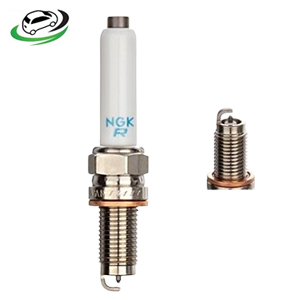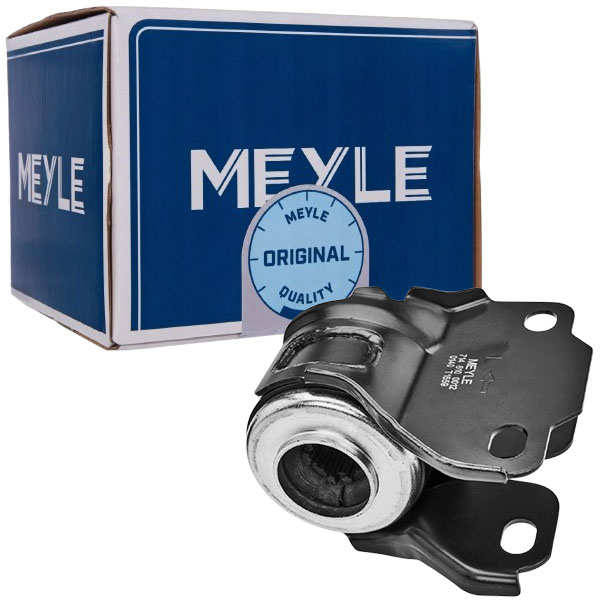-13%
Get Land Rover Freelander II Front Lower Big Arm Bush RHS 714 610 0012 in Kenya
The Front Lower Big Arm Bush (RHS) is a crucial suspension component in a vehicle, playing a significant role in maintaining stability, handling, and ride comfort. Positioned on the right-hand side (RHS) of the front suspension, this bushing absorbs shocks, minimizes vibrations, and ensures smooth articulation of the lower control arm (LCA). It is often overlooked, but its role in vehicle dynamics and safety is vital.
In this detailed guide, we will explore its functions, types, benefits, signs of failure, maintenance tips, and replacement procedures.
2. What is a Front Lower Big Arm Bush (RHS)?
The Front Lower Big Arm Bush is a rubber or polyurethane component that connects the lower control arm to the vehicle’s chassis. This bushing dampens vibrations, absorbs road shocks, and allows controlled movement of the control arm.
The Right-Hand Side (RHS) refers to its placement on the passenger side in left-hand drive vehicles and the driver’s side in right-hand drive vehicles.
2.1 Components of the Bushing
- Outer Metal Sleeve – Provides structural support and connects to the control arm.
- Rubber or Polyurethane Core – Absorbs vibrations and allows movement.
- Inner Metal Sleeve – Houses the control arm bolt, ensuring secure attachment.
3. Functions of the Front Lower Big Arm Bush (RHS)
3.1 Absorbing Road Shocks
The bushing cushions the impact from potholes, bumps, and rough roads, reducing stress on the lower control arm and chassis.
3.2 Enhancing Steering Stability
By allowing controlled movement of the lower control arm, it improves steering response and stability, preventing excessive play or misalignment.
3.3 Reducing Vibrations & Noise
The rubber/polyurethane material dampens vibrations, preventing harsh road feedback from being transferred to the cabin.
3.4 Maintaining Proper Wheel Alignment
A functional bushing keeps the control arm in its correct position, preventing wheel misalignment and uneven tire wear.
3.5 Improving Suspension Longevity
By reducing metal-to-metal contact, the bushing prevents premature wear on other suspension parts, such as ball joints and tie rods.
4. Types of Lower Arm Bushings
4.1 Rubber Bushings
- OEM-standard
- Excellent vibration absorption
- Requires replacement over time due to wear
4.2 Polyurethane (PU) Bushings
- Performance-oriented
- More durable than rubber but slightly stiffer
- Enhances handling but may transmit more vibrations
4.3 Hydraulic Bushings
- Found in luxury or high-end vehicles
- Filled with fluid for superior vibration damping
- Expensive and complex to replace
5. Signs of a Worn-Out Front Lower Big Arm Bush (RHS)
5.1 Clunking or Knocking Noises
- Loose bushings cause metal-to-metal contact, producing knocking sounds when driving over bumps or during braking.
5.2 Increased Steering Play
- A worn bushing allows excess movement in the control arm, leading to loose or unresponsive steering.
5.3 Uneven Tire Wear
- A damaged bushing can lead to misalignment, causing irregular tread wear.
5.4 Vibrations in the Steering Wheel
- Excessive play in the control arm transfers road vibrations to the steering system.
5.5 Poor Handling & Stability
- Worn bushings can result in unstable cornering and reduced traction.
6. Causes of Bushing Wear and Tear
6.1 Age and Material Fatigue
- Rubber bushings degrade over time due to heat, stress, and road conditions.
6.2 Exposure to Road Contaminants
- Oil, dirt, and road salt accelerate rubber deterioration.
6.3 Frequent Off-Road Driving
- Rough terrain and excessive suspension movement increase wear on bushings.
6.4 Incorrect Installation
- Over-tightening the bolts or improper alignment can cause premature failure.
6.5 Performance Upgrades
- Lowered suspensions or stiffer setups increase stress on stock bushings.
7. Maintenance Tips for the Front Lower Big Arm Bush (RHS)
7.1 Regular Inspections
- Check bushings every 20,000 – 30,000 km for cracks, deformation, or looseness.
7.2 Clean & Protect
- Keep the suspension area clean to prevent dirt buildup.
7.3 Lubricate When Necessary
- Polyurethane bushings require occasional lubrication for smooth movement.
7.4 Replace in Pairs
- If replacing the RHS bushing, consider replacing the LHS as well for balanced performance.
7.5 Use High-Quality Replacements
- Opt for OEM-grade rubber bushings or performance polyurethane bushings based on driving needs.
8. Replacing the Front Lower Big Arm Bush (RHS)
8.1 Tools Required
- Jack & Jack Stands
- Socket Wrench Set
- Pry Bar
- Ball Joint Separator
- Bushing Press Kit
8.2 Step-by-Step Replacement
Step 1: Lift the Vehicle
- Use a jack and secure the car on stands to ensure safety.
Step 2: Remove the Front Wheel
- Unbolt and remove the front RHS wheel for better access.
Step 3: Unbolt the Lower Control Arm
- Detach the ball joint, sway bar link, and control arm bolts.
Step 4: Remove the Old Bushing
- Use a bushing press or pry bar to extract the worn-out bushing.
Step 5: Install the New Bushing
- Press-fit the new bushing into the control arm using a press tool.
Step 6: Reassemble the Control Arm
- Reattach the control arm, sway bar link, and ball joint.
Step 7: Torque to Manufacturer Specifications
- Tighten bolts to OEM torque settings for safety.
Step 8: Perform Wheel Alignment
- Get a professional alignment to prevent uneven tire wear.
9. Benefits of a New Front Lower Big Arm Bush (RHS)
9.1 Improved Ride Comfort
- New bushings reduce vibrations and harsh road feedback.
9.2 Better Steering Response
- Tight control arm bushings result in more precise handling.
9.3 Longer Suspension Lifespan
- Fresh bushings prevent excess wear on control arms and ball joints.
9.4 Enhanced Tire Longevity
- Maintains proper wheel alignment, reducing uneven tread wear.
9.5 Increased Vehicle Stability
- Ensures smooth cornering and braking, improving overall safety.
10. Conclusion
The Front Lower Big Arm Bush (RHS) plays a crucial role in the suspension system by absorbing shocks, reducing vibrations, and maintaining steering stability. Regular inspections and timely replacement of worn bushings are essential for optimal performance and safety. Whether opting for OEM rubber bushings or performance polyurethane alternatives, keeping your suspension components in top condition ensures a smoother and more controlled driving experience.
Follow us on Facebook For more parts.




